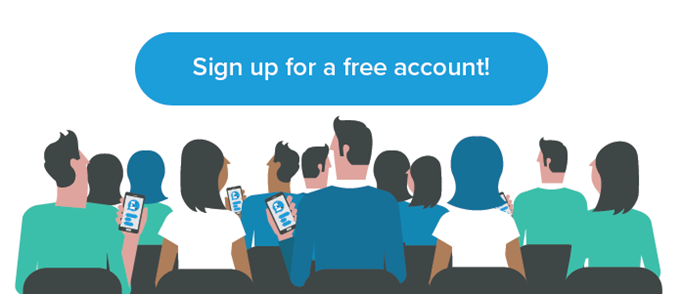The education world has long known that all students learn differently but with the static methods of teaching available, it was always necessary to set the course for the slower-paced learner. This never gives an ideal outcome as that slower-paced learner can feel uncomfortable while quicker learners become bored. However, with the many ways to differentiate learning in the classroom, it is easier to provide an interactive, changeable experience for every student. Here are five examples for higher education.
Active, collaborative learning
One thing is certain – technology means that the need for a static, passive classroom is behind us and teachers can now use a variety of ways to engage students, encourage active and collaborative learning and get better results. This kind of idea can help even shyer students take part in the process and helps everyone to learn with others of similar skills and abilities meaning no-one gets left behind.
Ongoing assessment
Using systems such as Vevox, teachers and lecturers can conduct ongoing assessment on students without the need for formal exams or tests. This allows students to perform at their best while giving an honest view as to their progress. While this doesn’t replace formal testing, such systems allow teachers to get feedback from students during the course and allows them to spot problems then put plans in place to deal with them.
Flexible and progressive tasks
Gone are the days where everyone follows that set pattern for their lesson. Now lecturers can set tasks in a flexible way that accommodate all speeds of learning. This means no-one feels bored or left out or pressured excessively. Also, progressive tasks can push those who need it while allowing those slower-paced learners to get everything they need from the most important parts of the lesson.
Variable outcomes
This approach also allows for variable outcomes and the ability to incorporate creative thinking – no more ‘yes or no’ type situations with only one right answer. Offering variable outcomes to learning for higher education can even help students realise their own special interests and further concentrate on particular areas of a subject as their own variation of the answer highlights it.
Using digital resources
As well as assessment, tools such as Vevox allow lecturers to bring a variety of digital resources into the classroom to help students. Interactive tools such as polls and quizzes conducted on mobile devices can help teach students in ways that they are already familiar with due to their extensive use of the internet. These non-traditional mediums have proven successful in all levels of education, allowing students to develop confidence in their digital skills alongside their academic ones.
Changing face of the classroom
By allowing education to recognise that every student is different, educators are in the position to offer a far more comprehensive style of education. It means that there are fewer students left behind in the classroom or less chance that the quicker-paced learners are bored and under-perform. Differentiation recognises the differences in all of us and allows lecturers to adjust accordingly.





